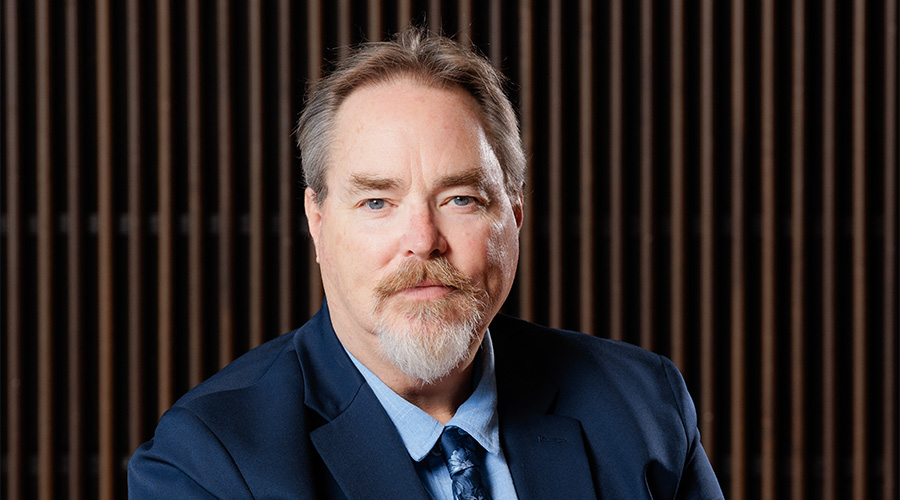Honoree: Sheridan College, Oakville, Ontario
Project: A Vision of Energy Excellence
Part 2 of a 5-part article about the winners of the 2015 FMXcellence awards from Building Operating Management magazine
When planners at this big community college near Toronto undertook a top-to-bottom examination of present and future energy use, they were not bashful about their goals. The most ambitious one of all was to get on the road to “world-class energy performance.” More specific goals included cutting the school’s energy use in half and reducing greenhouse gas emissions by at least 60 percent — both by 2030; generating at least a 7 percent rate of return on investment; ensuring reliable energy supplies; and using the school as a “living laboratory” for developing sustainability, energy, and climate curricula.
By Canadian public-sector standards, Sheridan’s energy performance had not been especially bad, but it paled next to equivalent sectors in Europe, where building code standards are much more aggressive. The average equivalent Austrian facility was using only 40 percent of the building energy Sheridan did, according to James Fletcher, director of facilities services.
Sheridan involved a broad team of stakeholders from the start, giving them a voice in what would be a dramatic culture shift, according to Herbert Sinnock, manager of sustainable energy systems. Led by the Office for Sustainability, the stakeholders included students and such areas as finance, capital planning, IT, and faculty. A team of over 50 staff, faculty, and students developed an energy-demand baseline by creating detailed energy models of all 26 buildings on Sheridan’s four campuses, which enroll about 18,000 full-time students. That rigorous baseline would help the team judge the potential success of various improvements and make a “rock solid” case to top management.
Planners used a direct approach to win the buy-in of CFO Steven Parfeniuk, asking him upfront: What is the financial performance you expect from an energy saving program? And what do we have to achieve with our performance that will help you make your case? “Then what we had to present was: ‘Here is our technical analysis of how we will achieve energy savings that meet our goals, and here is how this translates to the financial performance you requested,’” Sinnock recalls.
In 2012, Sheridan’s Board of Governors approved the program’s recommendations to invest about $30 million over seven years in a comprehensive energy and greenhouse gas reduction solution. Specific solutions included campus-wide control and metering, efficiency retrofits, heating and cooling improvements, and extensive solar PV applications.
With approval in hand, the Sheridan team did something surprising. Rather than excitedly cutting a purchase order for an expensive BAS, they took a deep breath and first field-tested all of their assumptions in one building. “We took a building about 30 years old and about 46,000 square feet and put all the principles into practice in one building to make sure we could hit our numbers,” Fletcher says. The overall energy savings in the building — about 40 percent based on year-over-year meter readings — were consistent with the savings predicted for given measures by energy modeling, Sinnock said.
Today, as Sheridan continues to move through its buildings completing lighting retrofits, HVAC and BAS upgrades, and mechanical repairs, the team says the school has reduced energy use by 40 percent in the buildings it has renovated. To take one example, last year hundreds of poorly placed T8 fluorescent lighting fixtures were removed from the same building used for field-testing and replaced by a smaller number of digitally addressable lighting interface (DALI)-controlled LED light fixtures. The DALI system in turn was integrated to the BAS and programmed to daylighting and occupancy control. About 70 percent of the fixtures were removed. The result of all the improvements was lighting energy savings of 87 percent, Sinnock says.
“We’re actually ahead of projections,” Fletcher says. “We’re into our second year of savings and have retrofitted about 15 percent of the buildings now and are seeing energy savings over our stated goal of 50 percent.” Sinnock says the school’s energy savings is currently at about $51,000-$55,000 (American) a month versus the baseline.
Related Topics:
















